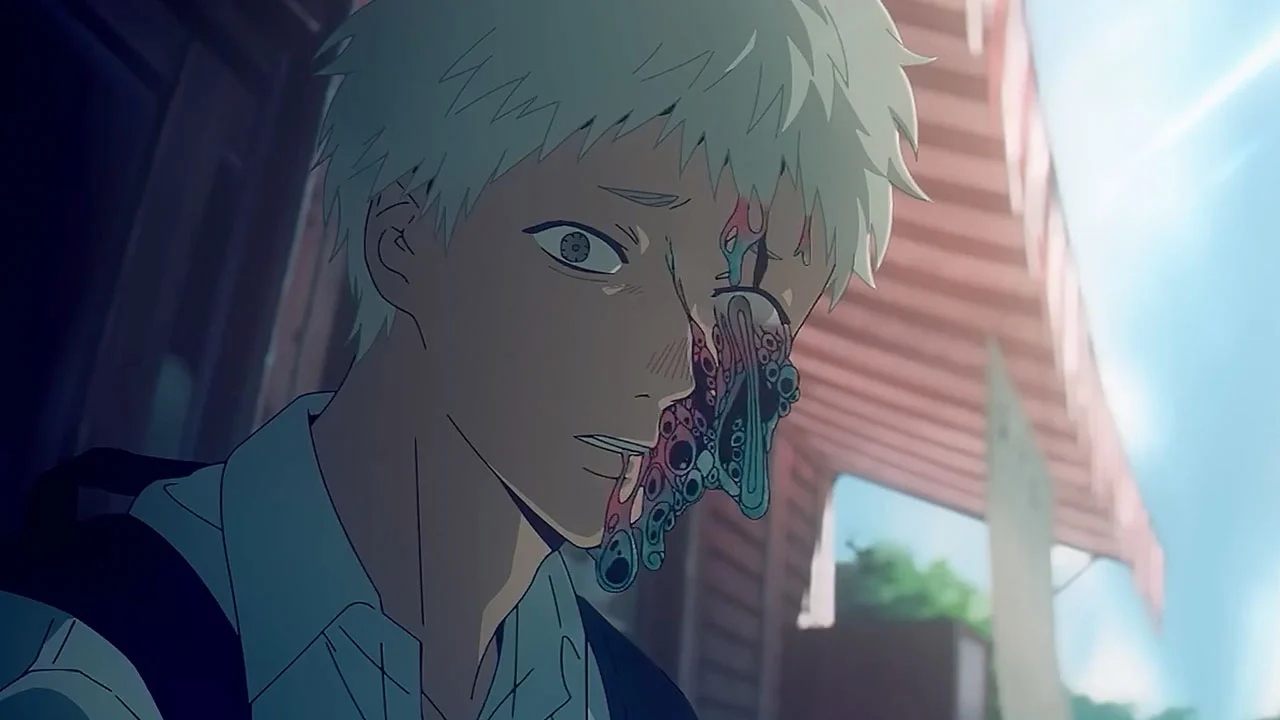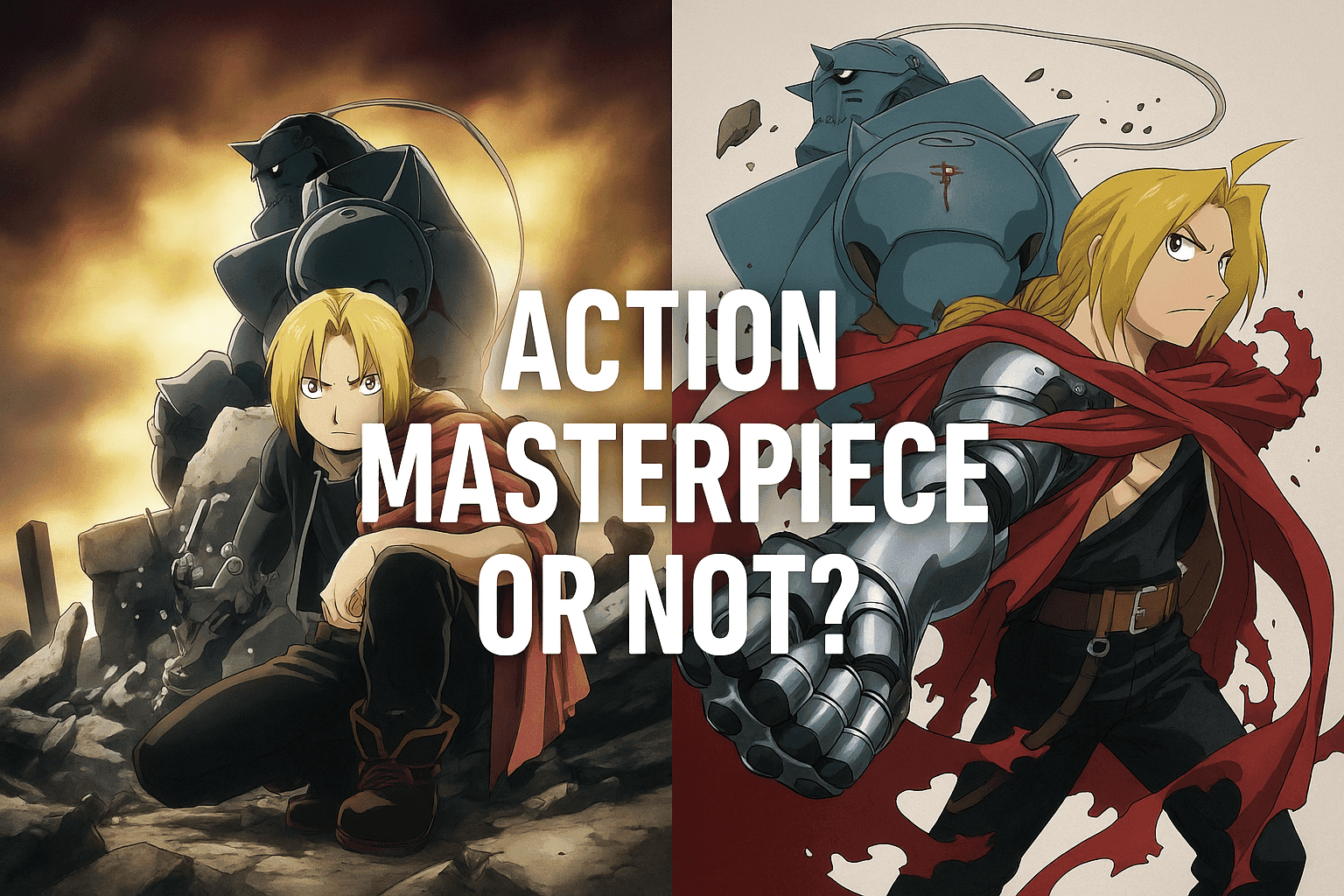Sakamoto Days Review and Analysis: A Fresh Spin on Action-Comedy Anime
July 28, 2025 | by Vanitas

Introduction
Released in January 2025 on Netflix, Sakamoto Days has quickly become a topic of discussion among anime fans. Adapted from Yuto Suzuki’s manga, serialized in Weekly Shōnen Jump since November 2020, this action-comedy follows Taro Sakamoto, a legendary hitman turned chubby convenience store owner. Directed by Masaki Watanabe and produced by TMS Entertainment, the anime’s first season (11 episodes) and second cours (premiered July 2025) offer a mix of humor, heart, and violence. This review and analysis explores why Sakamoto Days is worth watching, its strengths, flaws, and what makes it a unique addition to the 2025 anime lineup.
Plot Overview
Taro Sakamoto, once the underworld’s most feared hitman, retires after falling in love with Aoi, a convenience store clerk. Five years later, he’s a happily married father to Hana, running a family store in Tokyo’s suburbs. However, his peaceful life is disrupted when a massive bounty on his head draws assassins, forcing him to protect his family without breaking Aoi’s no-kill rule. Joined by Shin Asakura, a clairvoyant ex-assassin, and Lu Xiaotang, a fiery mafia heiress, Sakamoto navigates absurd battles while maintaining his domestic facade. The story unfolds across arcs like the amusement park and laboratory, blending episodic action with an overarching bounty mystery.
Strengths of Sakamoto Days
Unique Premise and Tone
Sakamoto Days stands out by subverting the typical shonen hero trope. Unlike lean, stoic protagonists, Sakamoto is an overweight, laid-back family man who retains superhuman skills. This contrast, as noted by Anime News Network, creates “a lot of fun” through its blend of domestic comedy and intense action, reminiscent of The Way of the Househusband or Spy x Family. The premise of a retired hitman balancing family life with his violent past is both fresh and relatable, offering a lighthearted twist on the assassin genre.
Dynamic Action Choreography
The anime shines in its fight scenes, which are fluid and creatively choreographed. Moments like Sakamoto stopping bullets with chopsticks or spitting a gumdrop to block gunfire highlight Yuto Suzuki’s knack for inventive action, influenced by John Wick and The Equalizer. A standout sequence in Episode 7 features a thrilling bike chase, praised by Abstract AF! for its execution. These scenes leverage Sakamoto’s environment, like using store items as weapons, adding a Jackie Chan-esque flair.
Engaging Characters and Chemistry
The core trio—Sakamoto, Shin, and Lu—drives the series’ heart. Sakamoto’s deadpan humor, paired with Shin’s earnestness and Lu’s fiery spirit, creates an “infectious chemistry,” per IGN. Secondary characters like Heisuke Mashimo, a quirky sniper, add variety, though some, like antagonist Boiled, are underdeveloped. Sakamoto’s devotion to Aoi and Hana grounds the series emotionally, making his no-kill resolve compelling.
Retro Art Style
The anime’s hand-drawn aesthetic, reminiscent of 90s manga like Yu Yu Hakusho, adds charm. CBR notes its softer linework contrasts with modern, gritty crime dramas, enhancing the comedic tone. The vibrant colors and faithful adaptation of Suzuki’s Nihonga-inspired layouts make fight scenes visually striking, despite occasional inconsistencies.
Weaknesses and Criticisms
Inconsistent Animation Quality
While the art style is praised, the animation quality divides fans. GameRant reports that some scenes feel “rigid” with excessive still frames, failing to match the manga’s dynamic panels. Fans on Reddit and X express disappointment, with @misatosbread giving the anime a 7.5/10, citing skipped manga chapters (e.g., Chapters 2, 3, 16, 33) that dilute the story’s depth. This inconsistency is evident when compared to visually bold contemporaries like Dan Da Dan.
Pacing and Narrative Structure
The anime’s pacing is a common critique. ScreenRant notes a “slow” pace post-premiere, with episodic “villain-of-the-week” battles overshadowing the bounty mystery. The focus on character introductions delays the main conflict, making the narrative feel meandering. IGN highlights a “slow-burn start” and “confused tone,” where the balance between comedy and action sometimes falters.
Underdeveloped Antagonists
Many villains lack depth, serving as “disposable obstacles” per IMDb reviews. This weakens the stakes, as antagonists like the twin assassins or Kashima lack compelling motivations. Fans on X (@AnteikuAnimeRev) note that even Season 2’s enemies are defeated too quickly, reducing emotional investment.
Fatphobic Humor
The series’ humor, while often effective, includes fatphobic remarks about Sakamoto’s weight (e.g., “tub of lard”), which Common Sense Media flags as disappointing. These jokes, especially prevalent in early episodes, may alienate some viewers, though they lessen as the series progresses.
Analysis: Why It Stands Out
Sakamoto Days excels by blending genres in a way that feels both nostalgic and fresh. Its retro aesthetic and domestic action subgenre, popularized by Spy x Family, tap into 2025’s trend of blending high-stakes action with family dynamics. The series’ refusal to glorify violence—emphasized by Sakamoto’s no-kill rule—adds a moral layer, as Common Sense Media notes, reinforcing themes of redemption and family. However, the anime struggles to fully capture the manga’s charm, with skipped chapters (e.g., Aoi’s grocery trip or Hana’s school arc) reducing emotional depth.
The character-centric approach, praised by X user @AnteikuAnimeRev, is both a strength and a weakness. While Sakamoto, Shin, and Lu’s bond is endearing, the focus on their interactions can overshadow plot progression. The bounty mystery, a central hook, remains underdeveloped by Season 1’s end, leaving fans wanting more, as seen in Reddit discussions. Season 2, which began in July 2025, aims to address this with new arcs, but early reviews suggest similar pacing issues.
Comparison to Similar Titles
Sakamoto Days shares DNA with The Way of the Househusband and Spy x Family, blending criminal pasts with domestic life. However, its shonen action roots and no-kill philosophy distinguish it. Unlike John Wick’s relentless violence, Sakamoto’s creative, non-lethal solutions (e.g., using chopsticks) add humor and accessibility, appealing to a Teen Plus audience. Compared to Dan Da Dan, it lacks visual innovation but compensates with character-driven humor.
Where to Watch
Sakamoto Days is available on Netflix, with weekly releases following Japan’s airing. Check Netflix for the latest episodes of Season 1 and Season 2’s ongoing cours.
Conclusion
Sakamoto Days is a fun, action-packed anime that delivers inventive fight scenes and heartfelt moments, despite flaws in pacing and animation. Its unique premise—a chubby ex-hitman protecting his family—offers a fresh take on the shonen and domestic action genres. While it doesn’t fully live up to its manga’s hype, as noted by ScreenRant, it’s a worthwhile watch for fans of action-comedy. With Season 2 underway, there’s hope for tighter storytelling. Dive into Sakamoto Days on Netflix for a blend of laughs, heart, and chopstick-wielding heroics.
Key Information Table
| Aspect | Details |
|---|---|
| Title | Sakamoto Days |
| Creator | Yuto Suzuki (manga), Masaki Watanabe (director), TMS Entertainment |
| Release | Season 1: January–March 2025; Season 2: July 2025 (ongoing) |
| Genre | Action, Comedy, Shonen |
| Platform | Netflix |
| Episodes | Season 1: 11 episodes; Season 2: Ongoing |
| Manga Circulation | Over 12 million copies by June 2025 |
RELATED POSTS
View all


